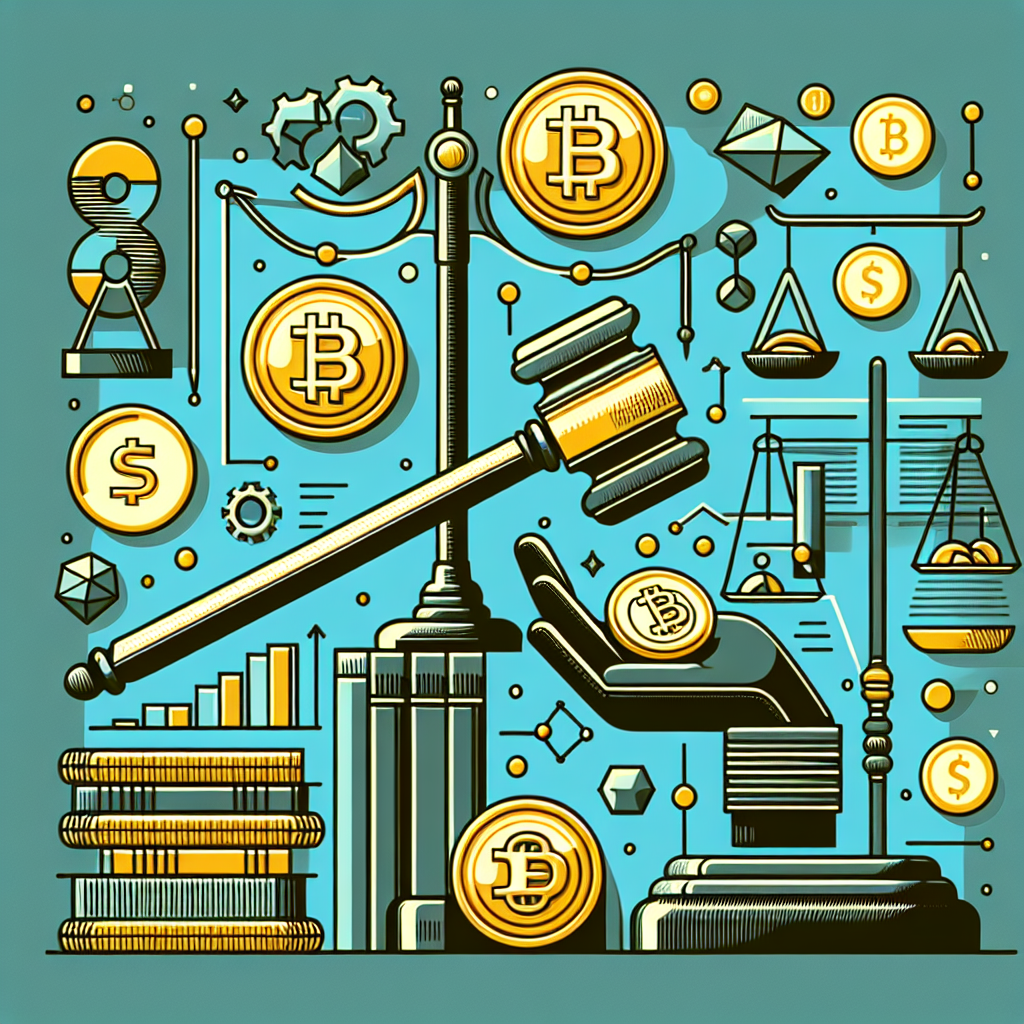Memecoins
BitClave Investors Recoup $4.7 Million in SEC Settlement Amid Ongoing Crypto Regulation Debate

In a significant financial restitution effort, BitClave investors have begun receiving approximately $4.7 million, as distributed by the United States Securities and Exchange Commission (SEC). This distribution follows a settlement finalized in 2020, which addresses grievances from the company’s 2017 initial coin offering (ICO). On November 20, the SEC confirmed that funds from the BitClave Fair Fund had been allocated to eligible investors adversely affected by this ICO.
The settlement comes amid ongoing debates about the SEC’s regulatory approach to digital assets. Prominent attorney and XRP advocate, known as “MetaLawMan,” expressed concerns over the SEC’s definition of “digital asset securities” on social media, highlighting discontent within the crypto community over the agency’s regulatory tactics.
The SEC has assured the public that the $4.7 million reimbursement will reach investors who are eligible and have filed claims. This financial resolution was established after the SEC accused BitClave of conducting an unregistered ICO. This ICO in 2017 rapidly amassed approximately $25.3 million in just over half a minute, distributing its Consumer Activity Token (CAT) to a myriad of investors. The SEC argued that the ICO was essentially an unregistered securities transaction, claiming that potential investors were encouraged to invest in the CAT token with the expectation of its value increasing.
As part of the settlement, BitClave agreed to return the capital raised during the ICO and to pay an additional $4.2 million in fines and accrued interest. Within this framework, a Fair Fund was established to ensure the distribution of funds back to the affected investors. The period for submitting claims ended in August 2023, with eligible investors receiving settlement details by March 2024. The SEC proudly announced that the payment process was underway, noting that checks had been dispatched.
The BitClave settlement package not only involved financial penalties but also included the commitment to destroy a significant number of tokens. Specifically, BitClave agreed to burn one billion undistributed CAT tokens and requested exchanges to delist the token. Despite this, the SEC indicated that as of February 2023, BitClave had transferred only $12.5 million to the Fair Fund, raising concerns about the remaining balance of $7.1 million. Neither the SEC nor the fund’s administrator provided further details, leaving the resolution of this discrepancy uncertain.
Under the Biden administration, the SEC has maintained a strict regulatory posture towards cryptocurrency companies, executing over 100 enforcement actions in the sector. The BitClave case is one of many instances where the regulator has targeted allegedly unregistered ICOs and other perceived securities infringements. Former SEC Chairman Jay Clayton oversaw the BitClave case, reinforcing the agency’s stance that many digital assets are subject to securities laws. The CAT white paper explicitly mentioned potential value increases, which the SEC argued encouraged speculative investments in what they deemed an unregistered security.
The SEC’s approach has faced criticism from various quarters, with discussions around the need for updated regulatory frameworks for digital assets gaining momentum. In response to such criticism, President-elect Donald Trump has articulated plans to overhaul crypto regulation. He has expressed intentions to replace current SEC Chair Gary Gensler and is reportedly contemplating the creation of a new role within the White House focused on cryptocurrency policy.
This unfolding situation underscores the complexities of regulating emerging financial technologies and highlights the ongoing tensions between regulators and the rapidly evolving cryptocurrency landscape. As the industry continues to grow, calls for more tailored and contemporary regulatory structures are likely to persist, emphasizing the need for a balance between innovation and investor protection.
-

 Press Releases1 year ago
Press Releases1 year agoGaming Technologies of the New Time!
-

 Altcoins10 months ago
Altcoins10 months agoBitcoin Declines Below $80K: deVere CEO Nigel Green Remains Bullish on Long-Term Outlook Following Strategic U.S. Bitcoin Reserve Announcement
-

 Bitcoin1 year ago
Bitcoin1 year agoBitcoin Surges Past $64K as SEI and POPCAT Lead Daily Crypto Gains on September 25
-

 Altcoins9 months ago
Altcoins9 months agoCalls for Enhanced Discussion on Bitcoin as Brazil’s Reserve Asset: A Move Towards ‘Internet’s Gold’
-

 Press Releases2 years ago
Press Releases2 years agoEvo Exchange: Redefining the Decentralized Exchange Landscape
-

 Bitcoin6 months ago
Bitcoin6 months agoGrayscale Investments Submits Draft Registration for IPO, Aiming for Public Trading in U.S.
-

 Press Releases1 year ago
Press Releases1 year agoCODE, a Newly Born Project Brings Decentralization Back to the Main Menu
-

 Bitcoin6 months ago
Bitcoin6 months agoPeter Schiff Critiques New Crypto Legislation, Claims Bitcoin (BTC) Gains are Short-Lived




